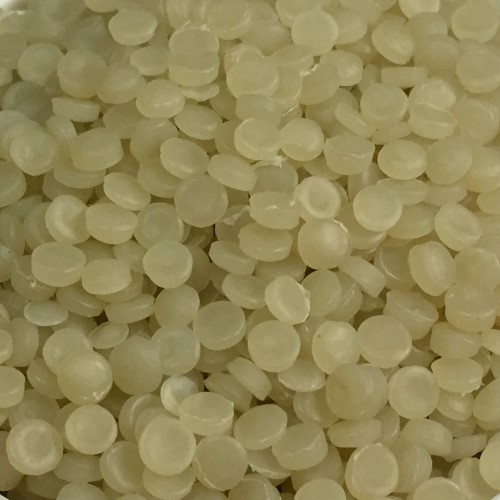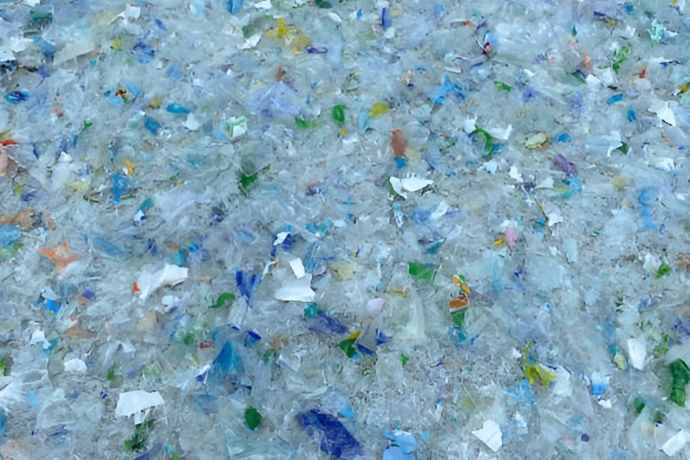Understanding HDPE Pellets: Properties and Applications
Key Takeaways:
- Virgin HDPE offers superior strength and purity, making it ideal for food-grade, medical, and high-performance applications.
- Recycled HDPE reduces environmental impact and is suitable for non-critical uses like packaging, drainage, and garden products.
- Choosing the right HDPE pellets depends on your product's functional needs, regulatory requirements, and sustainability goals
High-density polyethylene (HDPE) is a widely used thermoplastic known for its strength, chemical resistance, and durability.
HDPE pellets, available in virgin and recycled forms, serve as the primary raw material for various industrial applications, including packaging, piping, and construction materials.
For business owners and decision-makers in the plastic manufacturing industry, understanding the differences between virgin and recycled HDPE pellets is essential for selecting the right material for their specific needs. This article explores their key properties and applications.
What Are HDPE Pellets?

HDPE pellets are small granules used as feedstock for manufacturing plastic products. They are categorized into:
1. Virgin HDPE Pellets – Made directly from petroleum, offering high purity, consistent quality, and superior mechanical properties.
2. Recycled HDPE Pellets – Produced from post-consumer or post-industrial plastic waste, providing an eco-friendly alternative with varying levels of purity and mechanical properties.
Read More: Recycled HDPE vs. Virgin HDPE - A Comprehensive Comparison
Key Properties of Virgin and Recycled HDPE Pellets
The performance of HDPE pellets depends on their physical, mechanical, and thermal properties. These properties determine their suitability for different applications.
1. Mechanical Strength and Durability
HDPE pellets are known for their high tensile strength and impact resistance, making them ideal for load-bearing applications.
- Virgin HDPE: High tensile strength (~31 MPa), excellent impact resistance, and superior consistency.
- Recycled HDPE: Slightly lower strength due to impurities but still suitable for many applications. Strength varies based on recycling quality.
- Flexural Modulus: Adding fillers like sawdust can enhance stiffness but may reduce impact resistance.
2. Chemical and Thermal Resistance
Both virgin and recycled HDPE offer strong resistance to acids, bases, and solvents, making them ideal for chemical storage and piping.
- Virgin HDPE: Higher melting point (120-130°C) and superior thermal stability.
- Recycled HDPE: Slightly lower degradation temperature due to impurities, as noted in studies by the University of Maribor and Brno University of Technology.
3. Environmental Impact
- Virgin HDPE: Requires more energy and fossil fuels to produce.
- Recycled HDPE: Helps reduce plastic waste and energy consumption by up to 88% compared to virgin plastic production.
Applications of Virgin and Recycled HDPE Pellets
Both types of HDPE pellets are utilized in various industries based on their unique properties.
1. Packaging Industry
- Virgin HDPE: Preferred for food-grade containers, medical packaging, and high-end consumer goods.
- Recycled HDPE: Used for non-food packaging, detergent bottles, and industrial containers.
Read More : How Recycled HDPE Is Changing the Packaging Industry
2. Construction and Infrastructure
- Virgin HDPE: Essential for pressure pipes, gas pipes, and high-performance geomembranes.
- Recycled HDPE: Used in soil stabilization, road base reinforcement, and drainage systems.
Also Read : 3 Considerations of Using Recycled HDPE in Pipe Manufacturing
3. Automotive Sector
- Virgin HDPE: Commonly used for fuel tanks, bumpers, and precision parts requiring high purity.
- Recycled HDPE: Found in non-structural automotive components and liners.
4. Agricultural Applications
- Virgin HDPE: Used in irrigation pipes, greenhouse films, and UV-resistant materials.
- Recycled HDPE: Ideal for compost bins, garden furniture, and protective coverings.
How to Choose the Right HDPE Pellets for Your Needs
When selecting HDPE pellets, consider the following factors:
- Application Requirements: Virgin HDPE is ideal for high-performance needs, while recycled HDPE is cost-effective for non-critical applications.
- Purity and Certification: Ensure the material meets industry standards, especially for food or medical applications.
- Supplier Reliability: Choose reputable suppliers for consistent quality and sustainable sourcing.
Conclusion
Virgin and recycled HDPE pellets each have distinct advantages. Virgin HDPE offers superior strength and purity, while recycled HDPE provides an eco-friendly and cost-effective alternative. Understanding their properties can help manufacturers make informed decisions for various applications.
To explore high-quality recycled HDPE pellets and sustainable plastic solutions, visit Langgeng Jaya Group for expert insights and reliable supply options.



